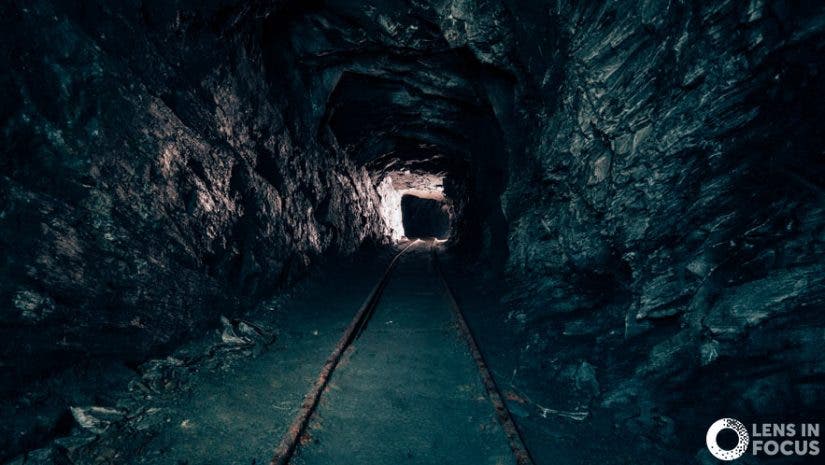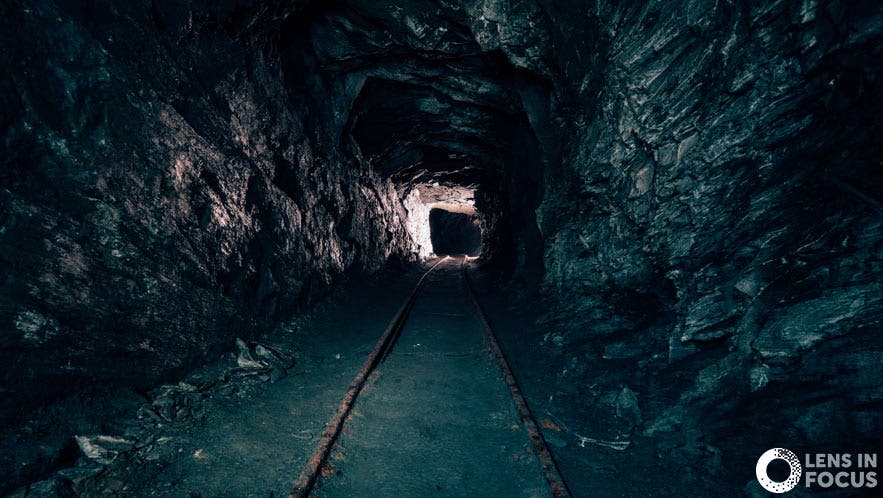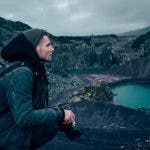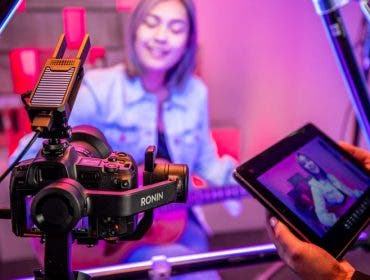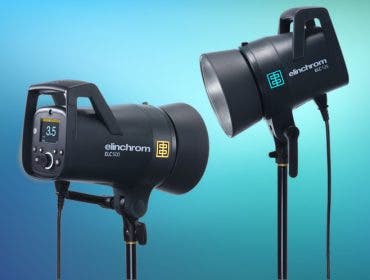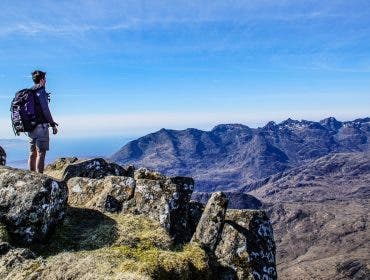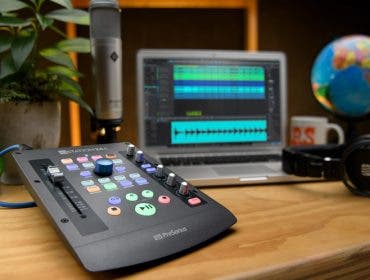As photography and film become saturated via the power, speed, and disposable nature of the internet and social media, I decided to challenge myself, push limitations further, and commit to shooting a new landscape series of work.
So, most recently, I tried to take some time out and think what I’d seriously like to shoot, what would excite me, what would be tasking, and what did I want to see and visit with my landscape photography. I have always been interested in the idea of shooting work within a dangerous environment, especially after studying the work of Robert Capa and other war photographer experiences. Although I really cannot draw a comparison here, this helped steer me to decide to shoot this latest series underground.
Whilst having a slightly strange obsession with the abandoned quarries of Wales, I realized the next step to see this “Lost Industry” further would be to explore the open underground mines. I wanted to shoot these vast industrial and architectural spaces with a modern and contemporary light setup. So, armed with an array of tripods, light stands, and a large LED film panels I set about exploring the first location in the series.
The Penarth Slate Mine is just outside of Llangollen, North Wales, and as a starting point to the series, holds more relevance to me as it is also within the village my mother grew up and where I spent a huge amount of time in as a child. We’d never visited Penarth, as it was a steep, hard hike out of the village on top of the hillside, but it was always clearly visible from my grandparents’ home, and as a child, drew my eye due to the slate shining so brightly in the sunlight.
The second reason I chose Penarth was because I had been reading in various online articles that as a mine to explore, it was much easier to access and needed little “caver” experience, other than plenty of light sources, so armed to the teeth with LED lights, we hiked to the quarry, safely, of course.
Safety in numbers was certainly an important part of the project and especially this first shoot, so with my father also having an vested interest in the mine and a close friend who is also a photographer wanting to visit the site, I was able to take everything needed to the shoot and everyone felt confident in this environment.
The photo:
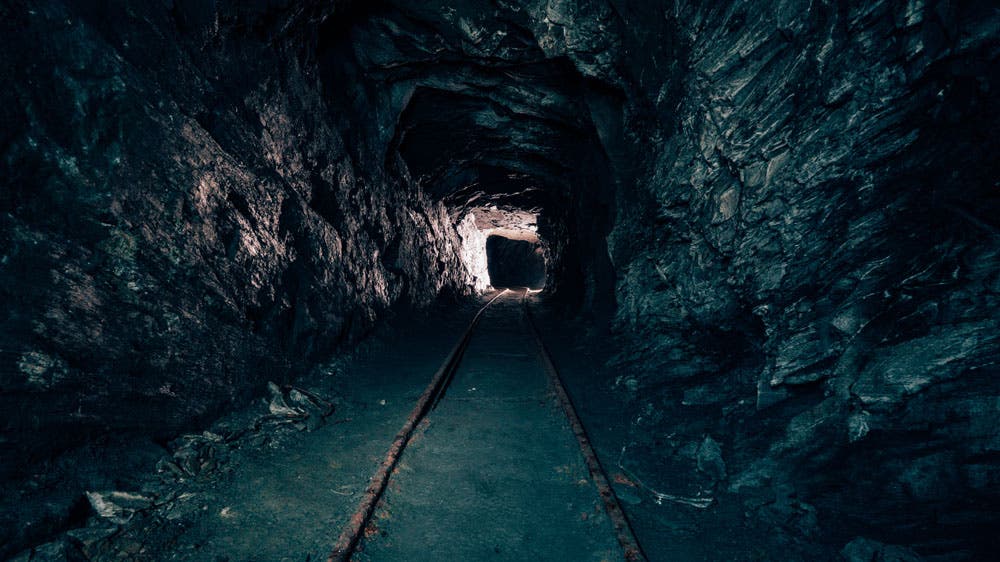
As soon as you entered the mine, that cold underground air hit your face. The damp smell of wet slate and the sheer pitch black view hit you. My initial thought was “how was I going to work in this, even with the LED head torches and handheld lights on full beam?” We could see very little, never mind trying to set up equipment and, even more importantly, frame shots and light up spaces intelligently. But once your eyes adjusted and everyone settled to the first chamber, we began to set up and the project came to life. Lighting decisions were made to create depth within the scene whilst obtaining a well-lit view of the space. Although framing in ultra lowlight was hard to do, I quickly accepted that multiple long exposures would be needed just to get a better perspective of the chambers.
Once that initial chamber was captured and we all signed off on the end result, the enthusiasm increased and the exploration began. Although from the outset, the Penarth mine looked rather small on the outside, it was huge underground system, containing two levels, multiple cart tracks, linking tunnels and several chambers. We mapped out the key areas to shoot whilst keeping track of our steps and then set up with equipment in each chosen location and shot several angles.
The lens:
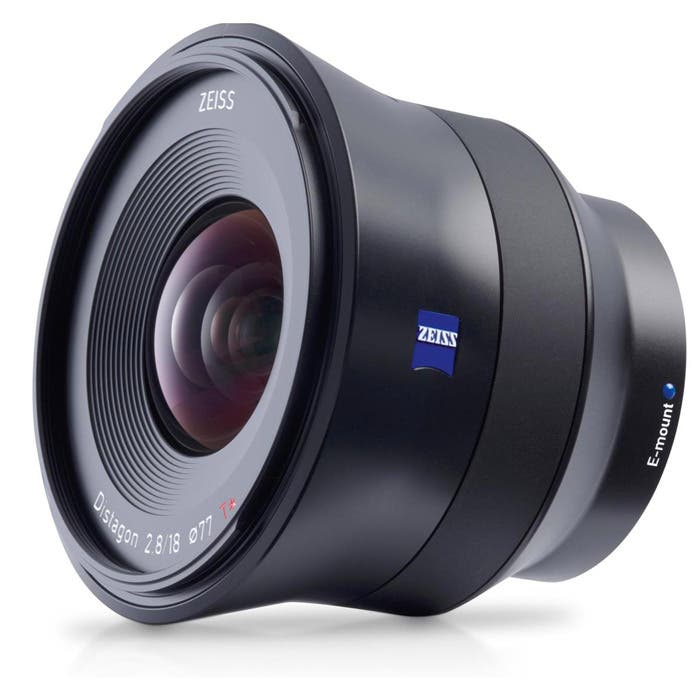
Zeiss 18mm f/2.8 Batis Series Lens ()
The equipment used for the shoot consisted of the Sony a7R III paired with the excellent Zeiss 18mm f/2.8 Batis Series Lens, a Hoya Pro ND4 filter to help keep the LED panel highlights and hold a cinematic feel across my work. I also had Manfrotto tripods, spare small fill-in LED lights, and a Lowepro ProTactic 450 backpack.
Equipment-wise, the biggest decision was what lens to select. I have an ambassador role with Zeiss, which was something I chased after using one of their APS-C Touit lens when I started out. What struck me about the lenses were the reduced size, amazing build quality, weather sealing, how sharp the end result was, and even the look of the lenses was beautiful. This meant for this project, deep underground, I did not have to worry about the dripping ceiling with my equipment, and the robustness of the lens meant peace of mind as I moved the camera around and walked chamber to chamber in the dark conditions. I went with the 18mm of the Batis range to showcase the vast chamber spaces and with this being f/2.8, it was plenty fast enough for the lowlight.
Tracing back our steps and utilizing the excellent wall markings created by the caving community for each chamber, we exited the mine feeling relieved. We were left with the combined sense of achievement that not only had we managed to shoot and light the locations well, but that the first set of images for the series were in the bag.
Returning to blinding daylight, I knew we would be researching more of these sites to explore and that I had made the right choice to shoot something that was so personally interesting.
